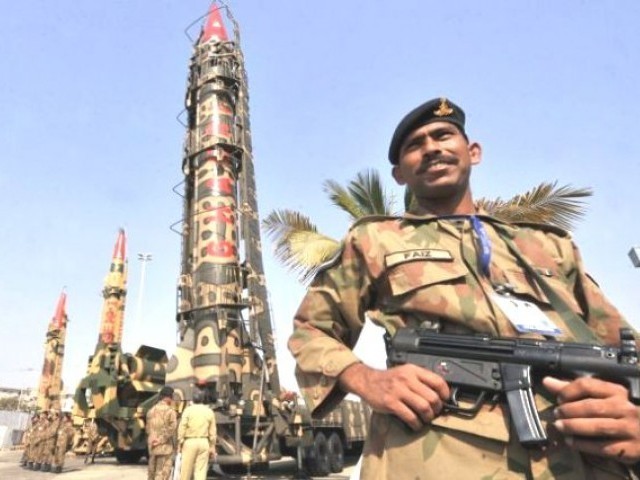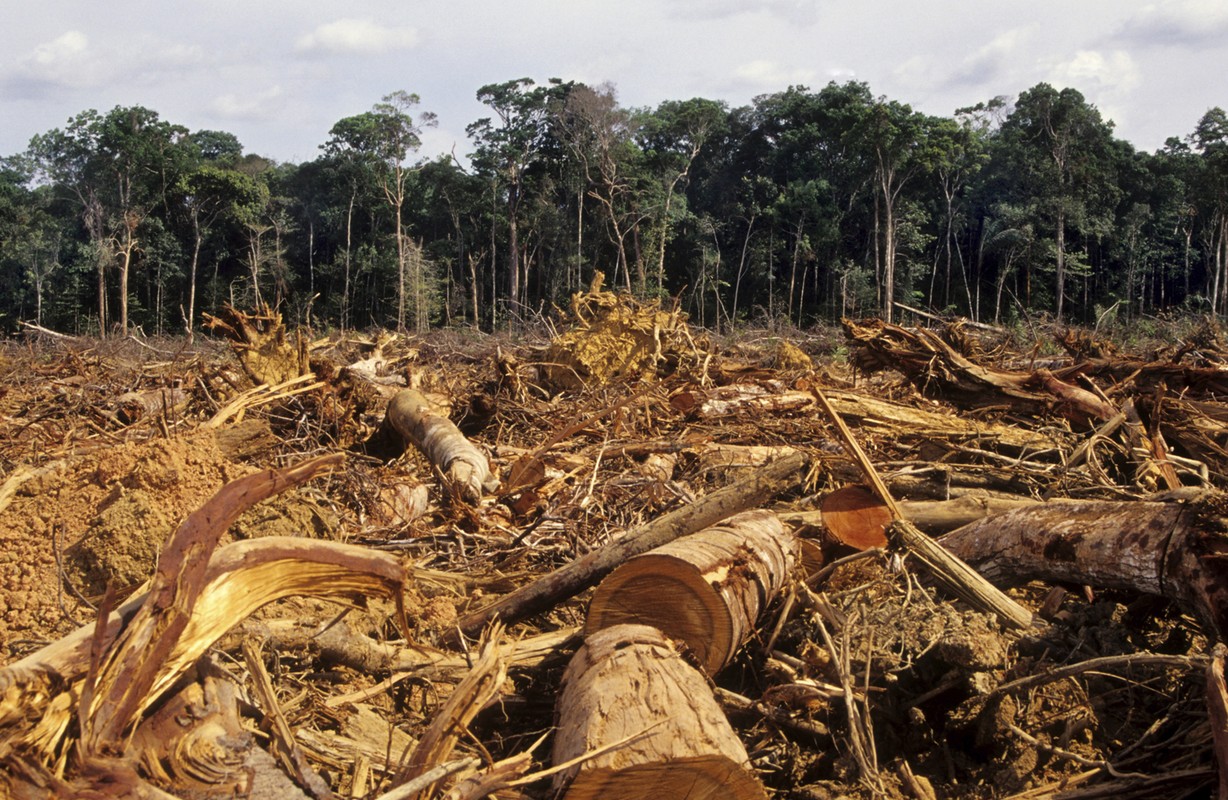While the Western world focuses intensely on the recent Iran nuclear deal, the danger of Pakistan’s growing and potentially insecure nuclear arsenal has been largely forgotten.
Pakistan’s nuclear capability, combined with its political instability and history of supporting militant proxies, has long made it a potential nuclear terrorism threat. Islamabad’s large nuclear arsenal is designed to offset India’s conventional military strength, but it also gives Pakistan greater geopolitical importance by virtue of its potential danger. Pakistan’s arsenal has caused U.S. policymakers to view it as “too dangerous to fail”, prompting them to send Islamabad billions in aid to finance counterterrorism operations and stabilize the country in hopes of preventing a nuclear catastrophe.
Pakistan’s nuclear weapons present two primary dangers: First, their potential to be used during a war with India, and second, the possibility that they could fall into the hands of a terrorist group in the event of theft or Pakistan’s political collapse. The second scenario, terrorists with nuclear weapons, is the foremost concern of the United States and Western governments.
With Pakistan set to expand its nuclear arsenal and recent terrorist attacks on the country’s military institutions, the security of Pakistan’s nuclear stockpile has once again come into question.
When mapping the history of nuclear terrorist threats, nearly all roads lead to Pakistan. In the 1990s and early 2000s, Abdul Qadeer Khan, the father of Pakistan’s nuclear weapons program, was responsible for supplying Iran, Libya, and North Korea with nuclear material and knowledge. In early 2001, UTN, a Pakistani NGO led by Bashiruddin Mahmood (the former head of Pakistan’s Khushab plutonium reactor) and Hamid Gul (the former head of the ISI, Pakistan’s intelligence agency), met with al-Qaeda representatives regarding the construction of a nuclear device. The close links between UTN and al-Qaeda raised serious concerns about the potential for terrorists to infiltrate Pakistan’s government or for extremist sympathizers within the state to provide nuclear weapons to militants.
After 9/11, Pakistan detained numerous members of UTN at the request of the U.S. and pledged to crack down on extremist groups. However, little progress has been made in reducing the prevalence or power of militant groups within the country. As a result, large regions of Pakistan, particularly in Baluchistan province and the FATA (Federally Administered Tribal Areas), are out of Islamabad’s control and plagued by ongoing insurgencies.
In recent years, brazen attacks on government and military institutions by the Pakistani Taliban have become commonplace. These incidents have illustrated both the strength of Pakistan’s militant groups and the Pakistani state’s weakness.
Even more concerning, however, are the direct attacks on Pakistani nuclear facilities. In 2008, several suicide bombers were able to breach the entrance to one of Pakistan’s main nuclear weapons assembly sites in the northern town of Wah. In 2012, militants gained access to the Kamra nuclear airbase after a two-hour long gunfight. The government’s inability to prevent attacks on its most important institutions has deepened existing fears about the security of Pakistan’s nuclear weapons.
Also worrying is Islamabad’s “double game” of maintaining an official alliance with the United States and publicly supporting the war on terror while simultaneously continuing a close, covert relationship with regional terrorist groups. Pakistan has long used Islamist radicals, such as the Haqqani network, the Afghan Taliban, and Lashkar-e-Taiba, as proxies to exert control in Afghanistan and destabilize India, its historic rival.
However, observers have long questioned the viability of these policies in a state whose ethnically and religiously disparate population lacks a cohesive national identity and has demonstrated susceptibility to extremism. Many analysts believe this makes it easier for extremists to recruit employees of Pakistan’s government or military and gain access to its nuclear facilities. By playing both sides, Islamabad exacerbates this threat by “not-so-secretly” condoning extremism.
This risk is amplified by the fact that up to 70,000 people in Pakistan have access to, or knowledge of, some element of Islamabad’s nuclear weapons program. The sheer volume of people with access to the program increases the risk that terrorists could collude with employees and infiltrate nuclear facilities. A chain is only as strong as its weakest link, and with Islamabad set to expand its arsenal, this vulnerability will only deepen.
With the help of the United States, Pakistan has put in place a range of stringent measures to ensure the safety of its stockpile, but it is still unclear if these steps provide enough security. Pakistan’s security techniques are largely borrowed from the Americans, employing a combination of physical security, technical and procedural safeguards, and personnel reliability evaluations. However, Pakistan’s endemic corruption and history of “near miss” terrorist attacks on its nuclear facilities suggest that these measures are not enough.
So, what do we do? Reducing or eliminating Pakistan’s nuclear arsenal is the surest way to reduce the threat of nuclear terrorism in the region. As the primary purpose of Pakistan’s nuclear program is to deter an Indian attack, working to normalize relations between these two states and encouraging reductions in their nuclear stockpiles should be the international community’s long-term goal. However, given the seemingly intractable nature of that conflict and the Pakistani belief that nuclear weapons are integral to their safety, de-proliferation is a long way off.
For the time being, the West should build on the momentum of the Iran nuclear deal and help Islamabad identify its security weaknesses and address them through designated funding, international cooperation, and technological support.
It is also critical to remember that nuclear counterterrorism and ordinary counterterrorism are two sides of the same coin. By reducing the attractiveness of extremist ideas and fighting terrorist networks, we are addressing the sources of nuclear terrorism. To do this, military approaches must be matched with soft power initiatives and efforts to change Pakistan’s policy towards militant proxies. Critically analyzing the “blowback” effects of the American drone program, promoting education and economic development, and moderating the austere curriculum of Pakistan’s notorious madrassas is of equal or greater importance in preventing Pakistan’s nuclear weapons from falling into the hands of terrorists.




